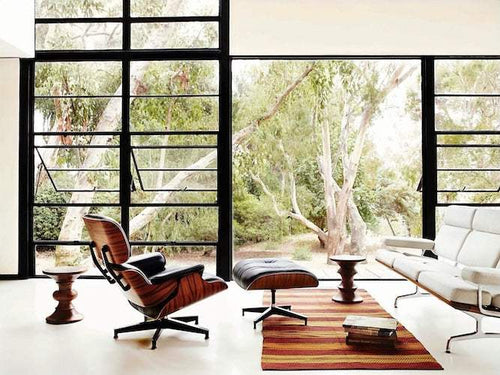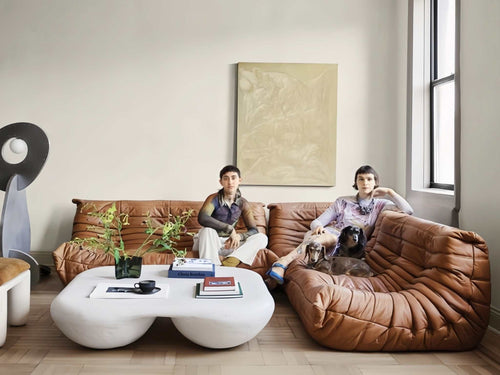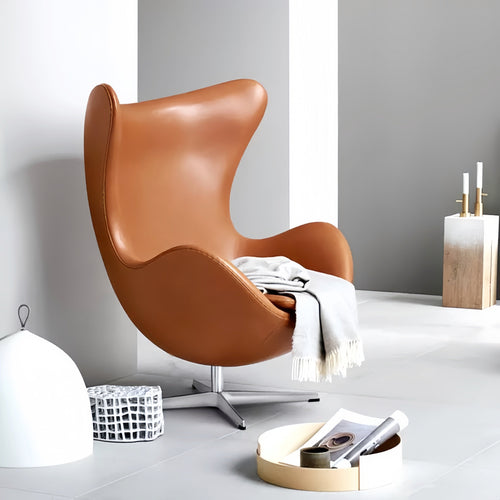A number of inventors created early prototypes of the light bulb. English chemist Humphry Davy developed an electric carbon arc lamp in 1809, but it burned out quickly and consumed large amounts of electricity.
American inventor Thomas Edison used a variety of materials as filaments in his lamp. He eventually settled on one made from bamboo that could last more than 1200 hours.

Thomas Alva Edison
In the late 1800s, inventor Thomas Edison was looking for ways to develop a cheap alternative to gas- and oil-based lighting. He envisioned a system that would produce electrical currents that could power light bulbs in buildings. But the entrepreneur quickly realised that he had to create a long-lasting incandescent bulb for this to be feasible. He began to experiment with carbonised paper filaments and other materials. He also worked to improve the vacuum pump technology that would make his invention commercially viable.

By the late 1870s, Edison had developed a prototype of his lamp that included a coiled platinum filament inside a glass vacuum bulb. However, he still had not developed a reliable way to supply electricity to the filaments. He also faced competition from Nikola Tesla and George Westinghouse, who had developed a system that used alternating current instead of direct current to deliver electricity.
The inventor of the lamp bulb, who was nicknamed “the Wizard of Menlo Park” for his other inventions like the stock ticker and quadruplex telegraph, hired a staff of 14 engineers and machinists to help him perfect the design. The team, which included American mathematician Francis Upton and Swiss-born machinist John Kruesi, worked diligently on the lamp project for months before achieving success. They were able to create a lamp that burned for more than 1200 hours.
Meanwhile, British chemist Joseph Swan was working on a similar idea for a practical electric lamp. He had begun work on the concept three decades earlier, and he received a patent in the United Kingdom in 1878. In February of the same year, he demonstrated his electric lamp in front of a scientific audience in Newcastle. But his design had significant flaws, including the lack of a durable carbon filament and reliable vacuum pumps.
Edison eventually solved these problems by combining his thin carbon filament design with improved vacuum pump technology. He was the first person to produce a commercially-viable lamp that combined these technologies. He established the Edison Electric Light Company in 1878, and he sued Joseph Swan’s United Electric Light Company in Britain. The court ruled in favour of Swan, so the two inventors merged their companies to become Ediswan.
Joseph Swan
Joseph Swan was an English chemist and physicist who invented the first effective electric lamp. He also made improvements to the dry photographic plate, which was a major step towards modern photographic film. He received many honours for his inventions, including the Royal Society’s Hughes Medal. He was knighted in 1904.

In 1860, Swan began experimenting with passing electric current through a carbon filament, and in 1871, he presented his first electrically powered light to the public. He improved his design over the next several years, but it was still not commercially viable. This was due to the fact that his device needed a wired connection to an external source of electricity. Swan continued to tinker with his prototype, and by 1879, he had developed a light bulb that was both more durable and less expensive than previous models. The new bulb was still not perfect, but it was significantly more efficient than the previous ones.
Other inventors had experimented with the idea of an electric light bulb, but their designs were either too expensive or didn’t work very well. Warren de la Rue used platinum as the filament, which was extremely expensive, and William Staite’s bulb only lasted for short periods of time. Edison purchased some of their patents and learned from their mistakes, but the bulb he produced in 1879 was still not as efficient as Swan’s. He did, however, eventually discover the right material for his filament—carbonised bamboo fibre—aand once he did, his bulb was much more practical.
When Swan was able to produce a more cost-effective and practical bulb, he exhibited it at the Royal Society of Chemistry in London on November 10, 1880. He then lit the Savoy Theatre in London and his own home with it, establishing himself as the first private homeowner to use an electric lamp. He also established a company to manufacture his bulbs, which led to a legal battle with Edison. In the end, the two companies merged into the Edison & Swan United Electric Light Company.
Swan continued to tinker with his design, and in 1883, he patented an improved filament made from extruded cellulose. It burned much more evenly than the previous filaments, and the lamps he made were more reliable than those of his predecessors.
Warren De la Rue
Inventors before Thomas Edison tried dozens of different designs for electric lights. They used various materials, including copper and platinum. These devices emitted intense light, but they were dangerous and required too much electricity for home use. Despite these flaws, the electric lamp revolutionised industry and society.
One of the first inventors to try a light bulb was Humphrey Davy. His invention of the carbon arc lamp drew great enthusiasm from the scientific community and public. The arc lamp was also useful in astronomical photography. However, it was not practical for everyday use as it drained batteries quickly and produced a very bright light.
Davy’s invention inspired other scientists to attempt to make a durable, long-lasting light bulb. James Bowman Lindsay invented a copper-filament lamp in 1835, and Warren De la Rue introduced a platinum-filament light in 1840. However, their light bulbs were too expensive for commercial production.

While many people consider Thomas Edison to be the inventor of the lamp bulb, his competitor, Joseph Wilson Swan, deserves equal credit. He began experimenting with an incandescent light in 1878 and was successful in creating an electric current that powered a lamp. Although his initial prototypes were inefficient and burned out quickly, he was determined to solve the problem of a long-lasting, affordable electrical light.
He eventually found a carbonised bamboo filament that burned longer and brighter than any other material tested so far. He was able to create a light that could illuminate rooms for several hours, but it wasn’t ready for mass production.
Other scientists who experimented with the light bulb included French physicist Marcellin Jobard and English inventor Sir Joseph Wilson Swan. The lack of a suitable vacuum and an electric source hampered their efforts. Despite these setbacks, they persevered and improved their designs.
The light bulb is one of the most important human inventions. It changed industries and societies, allowing people to work after dark and travel safely at night. Without the light bulb, it would be difficult to run factories or live comfortably in the darkness.
William Staite
Despite the fact that Thomas Edison is largely credited with creating the first commercially viable light bulb, many other inventors came close. English chemist Humphry Davy, glassblower Heinrich Geissler, and others created several light bulbs that could be used to illuminate homes and businesses after the sun went down. However, none of these prototypes were long enough to be practical for everyday use.
In 1848, William Staite patented a design that improved the longevity of carbon rod-based incandescent lamps. The lamp worked by placing powdered charcoal between two platinum filaments to produce light, but the corrosive nature of the carbon and the high cost of the metals kept the bulbs from becoming a practical alternative to traditional gas or oil-fueled lights, according to Interesting Engineering.
By the end of the 19th century, new light bulb technology was making it possible to produce a wide variety of designs. Manufacturers were also experimenting with different filaments, shapes, and connections in an effort to improve performance. Eventually, most bulbs lasted more than a few hours, and sales increased.
A series of industrial mergers in the 1920s brought more competition to the light bulb market, resulting in cheaper components and lower prices for consumers. This was a great advantage for consumers, but it also meant that engineers who had previously focused on extending the life of the bulb were now charged with making them shorter.
Although it was Edison who invented the light bulb, other inventors helped make the bulbs longer-lasting. Joseph Swan created an evacuated carbon filament that was capable of being lit for longer periods of time and managed to secure patent protection before Edison duplicated the concept in 1878.

By the early 1900s, manufacturers were introducing tungsten-filament bulbs that were able to last for far more than their carbon-filament counterparts. However, an osmium-based metal-filament bulb that could operate at higher voltages and put out more light per watt quickly surpassed this invention. This is the kind of built-in obsolescence that we see in modern-day smartphones when manufacturers release updates designed to slow down older devices.



















































